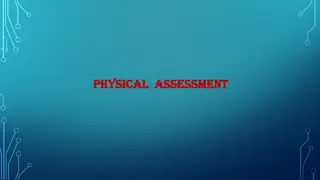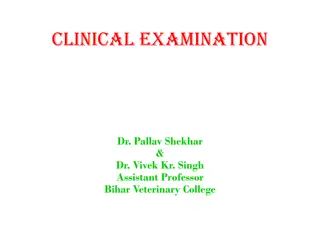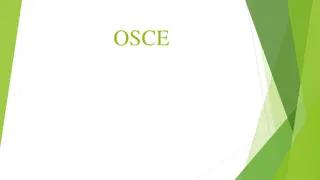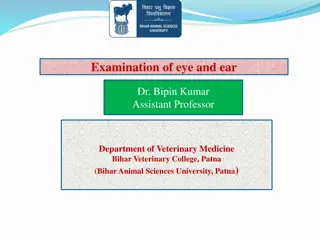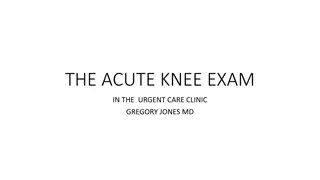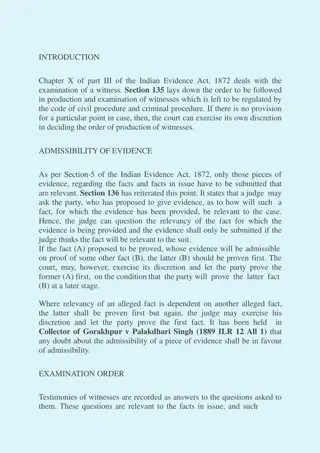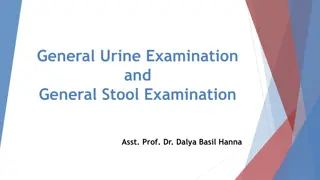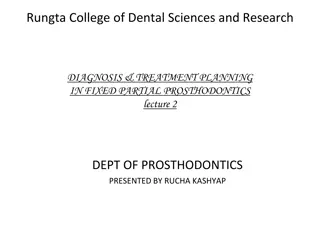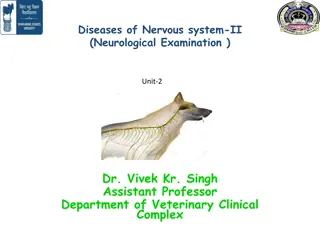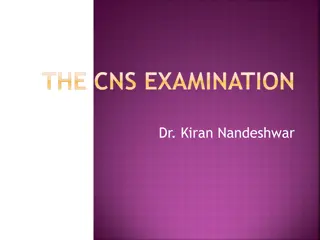Eleven Plus Examination Practice Questions
A series of challenging practice questions for the Eleven Plus examination are provided, covering topics such as time-distance calculations, percentage calculations, grammar, and logic. Solutions are included for each question to help improve your test-taking skills.
Download Presentation

Please find below an Image/Link to download the presentation.
The content on the website is provided AS IS for your information and personal use only. It may not be sold, licensed, or shared on other websites without obtaining consent from the author.If you encounter any issues during the download, it is possible that the publisher has removed the file from their server.
You are allowed to download the files provided on this website for personal or commercial use, subject to the condition that they are used lawfully. All files are the property of their respective owners.
The content on the website is provided AS IS for your information and personal use only. It may not be sold, licensed, or shared on other websites without obtaining consent from the author.
E N D
Presentation Transcript
Could you have passed the eleven plus examination?
1 A man left home at 11.30 a.m. and cycled 5 miles to a railway station at the rate of 12 miles an hour. He waited 10 minutes at the station and then travelled by train a distance of 36 miles at the rate of 24 miles an hour. At what time did he reach his destination? 2 There were 9,975 spectators at a football match. This is 5 per cent more than were present at the preceding match. How many attended the previous match?
1. 1.35 p.m. 2. 9,500 spectators
Write out the following passage again, including only the one correct word from each bracket: The boy (who, whom, what) we met at the baths and (who, whom, what) spoke to (you, I, me) and (you, I, me) is Harry Baines; he (use, used) to live near me and he often (come, came, went) to my house to play with me. He had a good stamp collection; the total number of his stamps (are, was, were) more than three thousand. (He, Him, Me) and (I, him, me) (was, am, were) great friends. 2 Make adjectives from these nouns: beauty, slope, glass, friend, doubt, expense, delight, sleep, danger, sport.
1. The boy whom we met at the baths and who spoke to you and me is Harry Baines; he used to live near me and he often came to my house to play with me. He had a good stamp collection; the total number of his stamps was more than three thousand. He and I were great friends. 2. beautiful, sloping, glassy, friendly, doubting, expensive, delightful, sleeping, dangerous, sporting/sporty
The leader of a Guide patrol is named Mary Jenkins; so her surname is Jenkins, her Christian name is Mary, and her initials are M.J. There are 6 other girls in her patrol; each has 2 initials. Surnames: Brown, Smith, Evans, Clark, Jones. Christian names: Molly, Celia, Gwen, Ruth, Sally. Two girls have surname and Christian names beginning with the same letter; two others are named Ruth. One of the twins has the same initials as the leader, and the other has the same Christian name as Evans. Write down each girl's full name.
Celia Clark Sally Smith Molly Jones Ruth Jones Ruth Evans Gwen Brown
Evaluating the extent to which children have equality of opportunity in British schools Evaluating the extent to which children have equality of opportunity in British schools
To understand that children have very different experiences of education. To understand that many factors can affect how well children do in school; many of these are social and not intellectual. To identify some of the social characteristics that predispose children to failure or success.
One of the main understandings of the functionalist view of the education system is that it acts as a ladder of opportunity people to achieve the best that they can, according to their ability. The best people will then go on to gain the best jobs and become the leaders of their society. This belief is known as meritocracy. ladder of opportunity for meritocracy.
The education system in Britain since World War 2 has operated under the principle of providing equal opportunity for all pupils. Do all children in Britain have an equal chance to do well? Is Britain a meritocracy?
Equality of Opportunity Every one has equal access to the institutions of society Equality of Outcome People appear in social institutions in the proportions in which they appear in our society
Class 1- Higher managerial and professional Class 2- Lower managerial/ professional Class 3- Intermediate (clerical workers) Class 4- Small business owners/ self- employed Class 5- Supervisors, craft and related Class 6- Semi routine (hairdressers/ cooks) Class 7- Routine Class 8- Unemployed
58.2% achieved 5 or more A* to C grades at GCSE or equivalent including English and mathematics GCSEs (an increase of 3.0 percentage points from the year 2009 to 2010). Girls continue to outperform boys: 61.9% of girls achieved 5 or more A* to C grades at GCSE or equivalent including English and mathematics GCSEs compared with 54.6% of boys. Chinese pupils are the highest attaining ethnic group, with 78.5% achieving 5 or more A* to C grades at GCSE or equivalent including English and mathematics GCSEs. 58.5% of pupils whose first language is English achieved 5 or more A* to C grades at GCSE or equivalent including English and mathematics GCSEs, compared to 55.8% of pupils for whom English is not a first language. 34.6% of pupils eligible for FSM achieved 5 or more A* to C grades at GCSE or equivalent including English and mathematics GCSEs, compared to 62.0% of all other pupils. 33.8% of disadvantaged pupils (pupils eligible for FSM or looked-after children) achieved 5 or more A* to C grades at GCSE or equivalent including English and mathematics GCSEs, compared to 62.3% of all other pupils. The proportion of pupils with SEN without a statement achieving achieved 5 or more A* to C grades at GCSE or equivalent including English and mathematics GCSEs is 24.7% , compared to 8.5% of pupils with SEN with a statement, and 69.5% of pupils with no identified SEN.
What is the relationship between social class and educational attainment? Does this inequality of educational attainment really matter? Look at the next slide for an answer
Reay et al 2005 Investigated influence of class on choices at Higher Education. Used questionnaires to 502 students and 120 in-depth interviews and focus groups with colleges around London. Found upper/middle class students had more confidence to apply for prestigious universitites. Evaluation ?? See handout !
Social class Gender Ethnicity Locality and type of school attended.
Equality of opportunity is when people have the same rights and opportunities. British society does offer equality of opportunity, with some exceptions. Equality of outcome is when people actually do as well or as badly in the proportion in which they appear in the population. British society does not have equality of outcome, and in many cases, inequalities are widening. The main areas of inequality are social class, gender, ethnicity and locality.
Is the British education system meritocratic? You will need to summarise the key points of the lesson, briefly and succinctly. Show AO1 skills of knowledge.
Look at the following BBC News pages Look at the following BBC News pages http://news.bbc.co.uk/1/hi/education/418569 7.stm http://news.bbc.co.uk/1/hi/education/314837 5.stm http://news.bbc.co.uk/1/hi/education/418569 7.stm http://news.bbc.co.uk/1/hi/education/314837 5.stm Add good notes to your folder on these stories Add good notes to your folder on these stories







